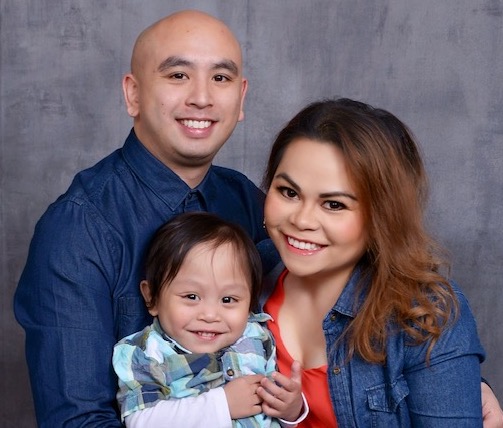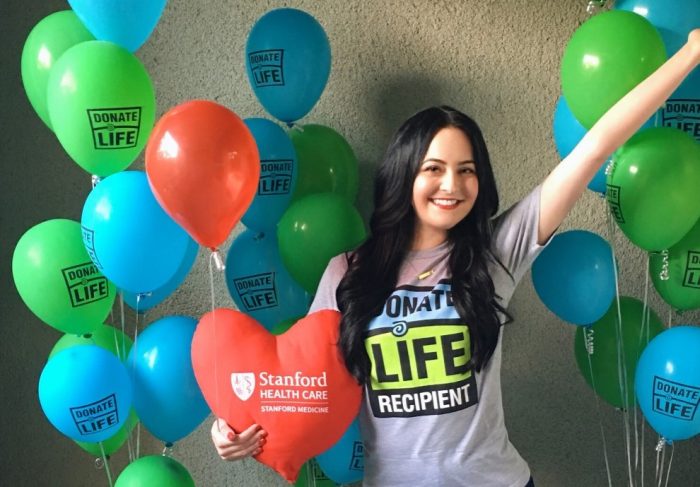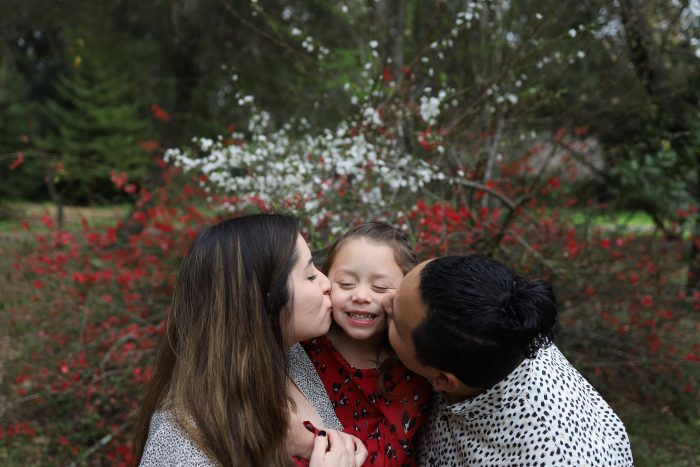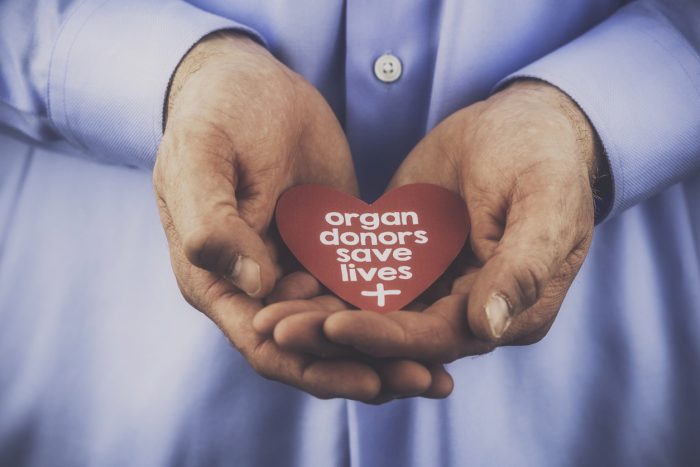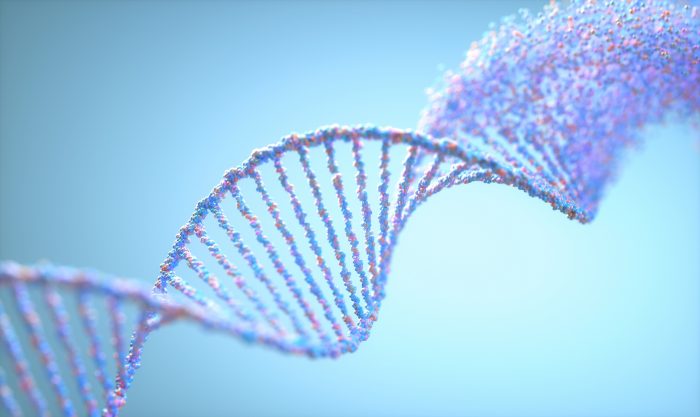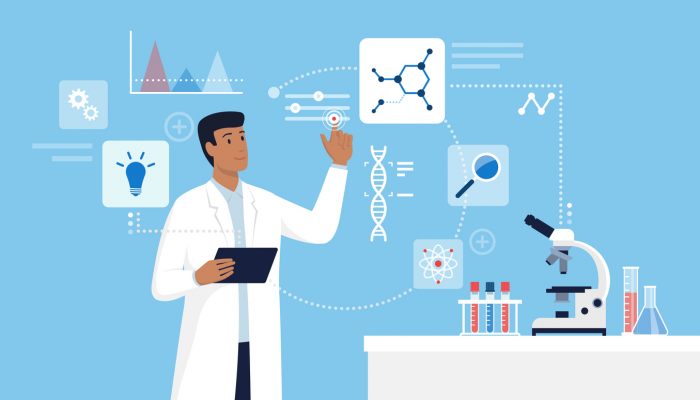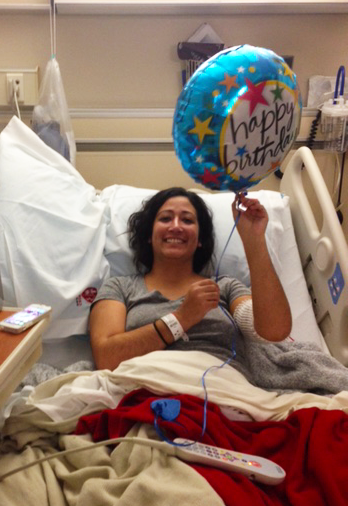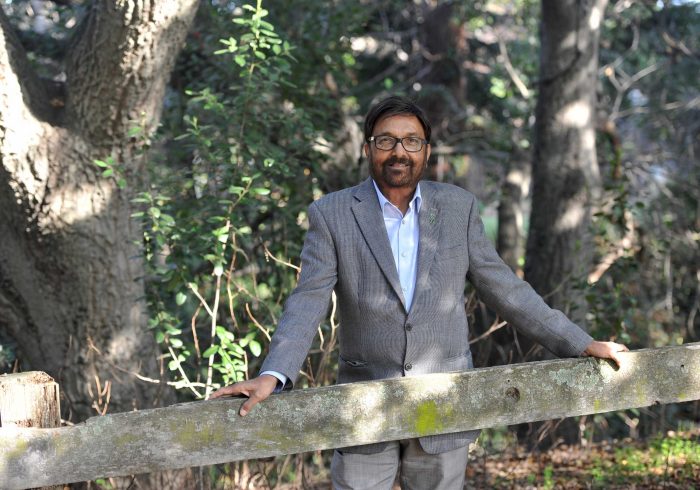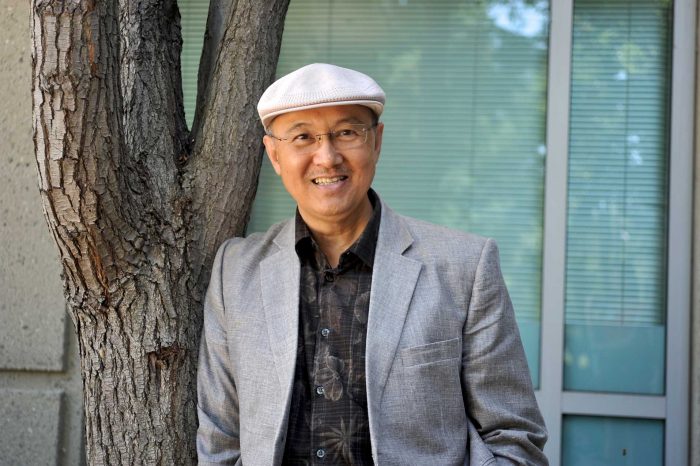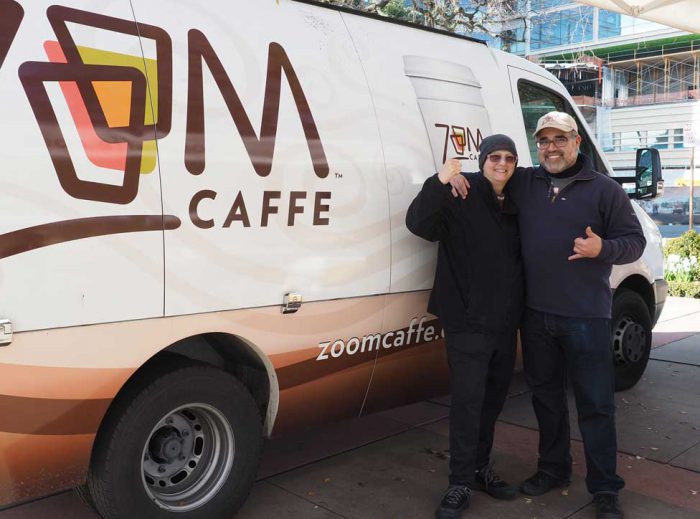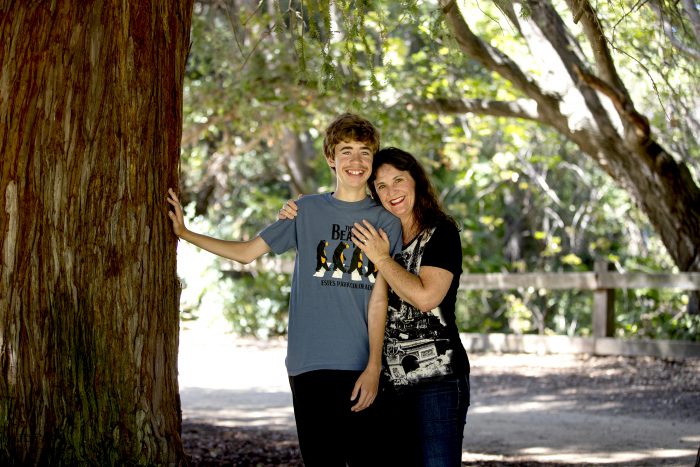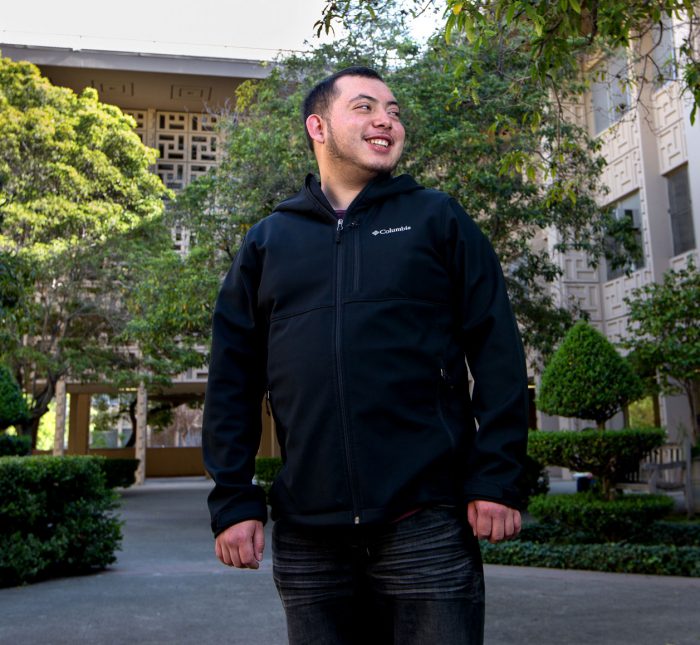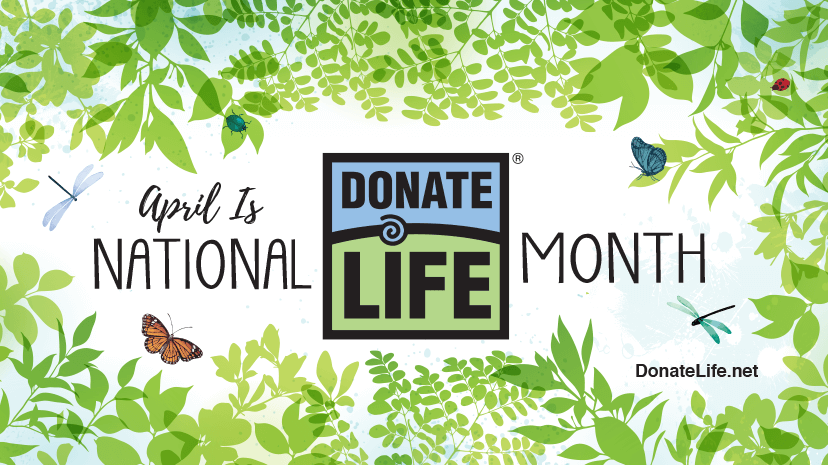
Celebrating Donate Life Month
April is officially national Donate Life Month, an opportunity to bring attention to the importance of registering to be an organ (and bone marrow) donor!
While most people know Stanford Blood Center (SBC) for the blood we collect and provide to hospital patients, few realize that another very important arm of our organization is our Human Leukocyte Antigen (HLA) lab, which provides critical testing to make sure that donated organs, tissue and marrow are compatible with and will be accepted by the transplant recipients. In addition to supporting bone marrow transplants, our HLA lab supports heart, lung, kidney, liver, pancreas, small bowel and multi-organ (kidney-pancreas, heart-lung, etc.) transplants.
Though SBC does not handle direct donations of organ, tissue or marrow, we are proud to promote this critical process and have provided some information below on a variety of ways that you can be involved in supporting he needs of transplant patients!
According to Be The Match, the primary bone marrow registry in the U.S., “thousands of patients with blood cancers like leukemia and lymphoma, sickle cell anemia or other life-threatening diseases depend on the Be The Match Registry” to find a bone marrow donor that is a genetic match — which can be more challenging than you’d think. Even with over a million registered donors, there are still patients who cannot find a donor whose genetics are a close enough match (think the work SBC does in the HLA lab) to the patient. That’s why it’s important that the registry contains a wide variety of potential donors.
While chances are you will never be called on in your lifetime to donate marrow (only about 1 in 430 registrants do), simply by signing up for the registry, you are providing an extra opportunity for patients in need to find the life-saving donation they need. Joining the registry is an easy process, the bulk of which can be completed online at bethematch.org. You will also be asked to provide a cheek swab, which will be used to provide HLA matching information for the registry database.
Want to see the incredible impact your donation could have? Review this inspiring blog written about Nicole Porto, one of Stanford Health Care’s very own bone marrow recipients. Nicole’s long and emotional battle with aplastic anemia and the second chance she received from her transplant not only transformed her life, but also led her to pursue a new career in health care, where she now works to encourage compassion and understanding for other patients in hospital environments.
Register as a Deceased Organ Donor
According to Donate Life, the primary organ and tissue donor registry in the U.S., there are currently 113,000 individuals waiting for critical organ transplants and, about every 10 minutes, someone new is added to that waiting list. Deceased organ donation is a simple but incredibly important way to help meet these patients’ needs. Through deceased organ donation, those who have passed away give their organs to those whose life depends on a transplant. As Donate Life states beautifully on their website, “At the end of your life, you can give life to others.
Though Donate Life reports that 95% of people in the U.S. say that they would consent to be a deceased organ or tissue donor, only 58% in the U.S. are registered. Secure registration takes less than one minute online at donatelife.net. Registration is also frequently completed at the DMV when you get your license: A pink dot containing the word “donor” on your California driver’s license indicates you are already signed up as a deceased donor prospect.
Of those 113,000 individuals requiring a lifesaving transplant, roughly 4,000 are in need of a heart. One individual who used to be on that waiting list but who has since received his transplant is Mohan Mahal, a man who was so transformed by his near-death experience and second shot at life that he has gone on to dedicate his career to helping others, particularly by addressing homelessness in India. You can read Mohan’s story here on the SBC blog.
Learn More About Becoming a Living Organ Donor
Two of the most common types of living organ donation are kidney (since most individual have two and can donate the other) and liver (for which you would donate a part of your liver, and it would grow back in time). According to Donate Life, 82% of people waiting for an organ transplant require a kidney, and 13% require a liver.
Through living organ donation, patients in need are often able to get the life-saving organs they require much faster and at a better quality than if the organ were from a deceased donor — of which there are unfortunately not enough. In fact, roughly 8,000 people die each year because they cannot get the organ they need in time, be that from a living or deceased donor.
Since living organ donation is a serious procedure, anyone interested in becoming a donor is encouraged to reach out to a local transplant center for more information. However, donatelife.net/living-donation is a great place to start!



